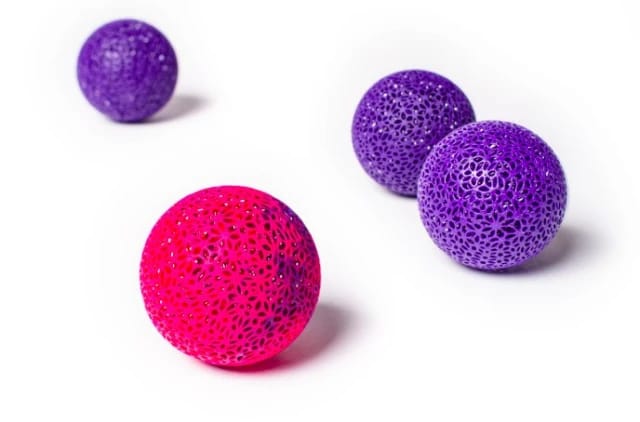
When Carbon finally launched its M1 3D printer last year, the system came with a portfolio of several exciting photopolymers for use with the company’s continuous liquid interface production (CLIP) technology.
Materials are key to the applications of any 3D printing process, but when that process is fast and produces engineering-grade parts, every new release is an important one. Now, Carbon has unveiled three more resins for its CLIP technology, an epoxy material dubbed EPX 81, a Urethane Methacrylate resin called UMA 90 and a new Cyanate Ester formula, C221.
EPX 81 has a heat deflection temperature of 140°C and can withstand between 85 and 91 MPa of pressure before breaking, making it an ideal material for industrial, automotive and consumer applications. Carbon describes the material as also having high abrasion resistance, accuracy and strength. With mechanical properties similar to glass-filled polybutylene terephthalate, which is used as an insulator in electronics, EPX 81 can be used for such applications as 3D printing electrical connectors.
CE 221 is described as having properties similar to 14% glass-filled Nylon 6, with a heat deflection temperature of 230°C and the ability to withstand 79–105 MPa of pressure before breaking. Therefore, it can be used for industrial and automotive applications where the part will be exposed to heat. For instance, the material was used to 3D print a processor cooling module for Ebullient, which is shown in the picture below.
Finally, Carbon released UMA 90, a material designed to be similar to standard stereolithography (SLA) resins and meant for quick, high-resolution prints. Stated applications include 3D printing jigs, fixtures and prototypes with a need for toughness. UMA 90 is available in black, white, gray, cyan, magenta and yellow, but these materials can be mixed to create new colors.
Read more at ENGINEERING.com

